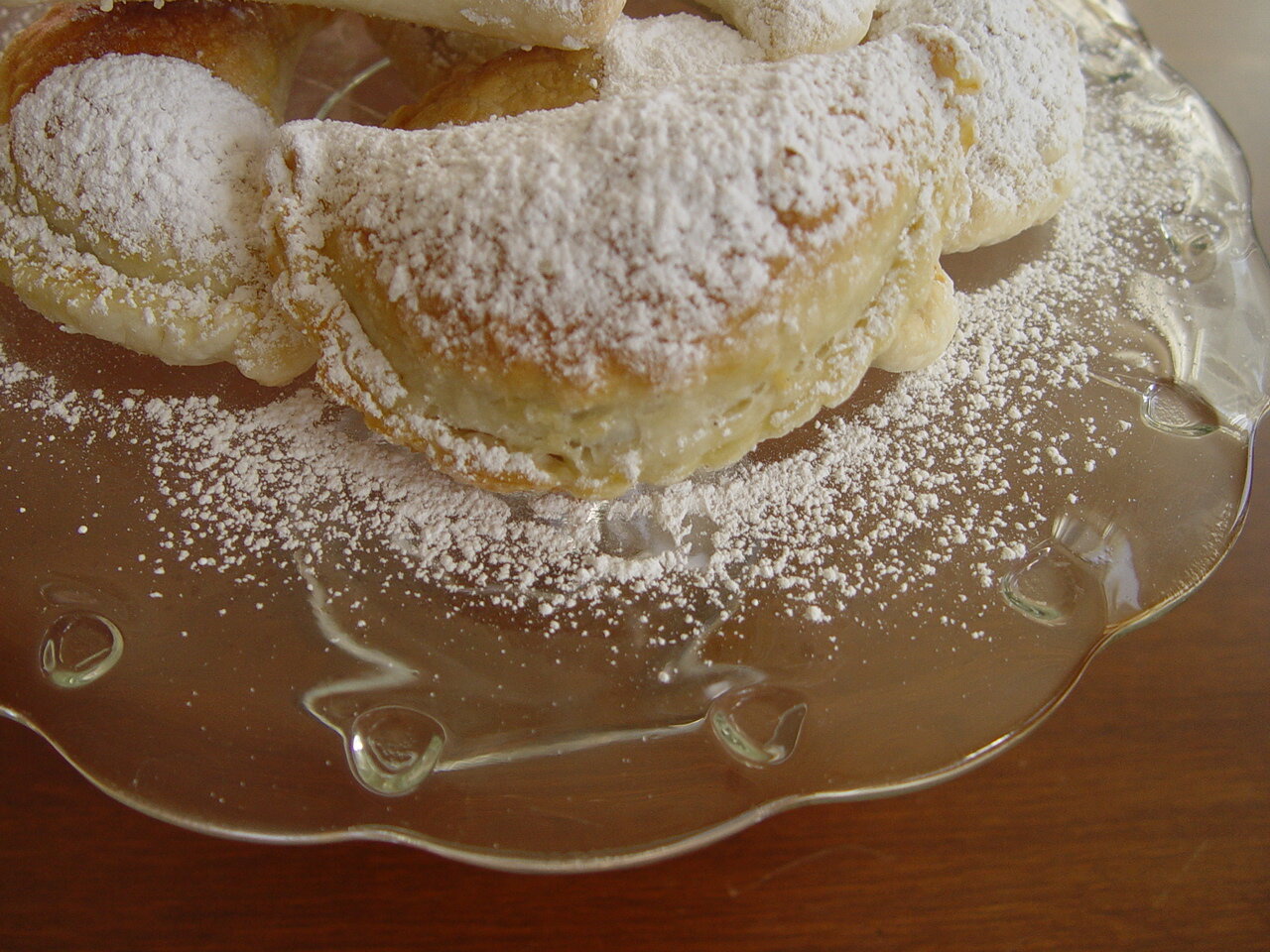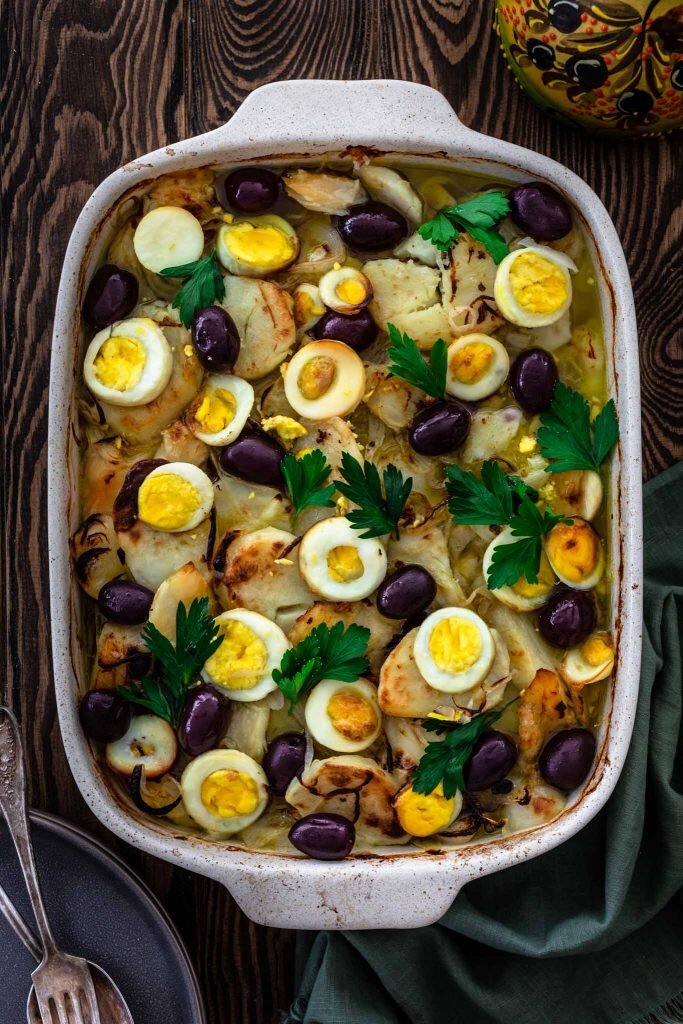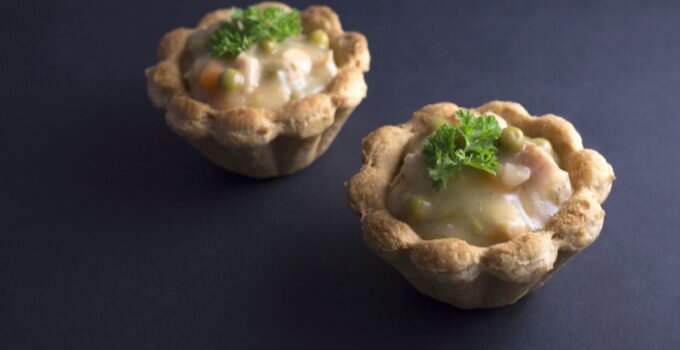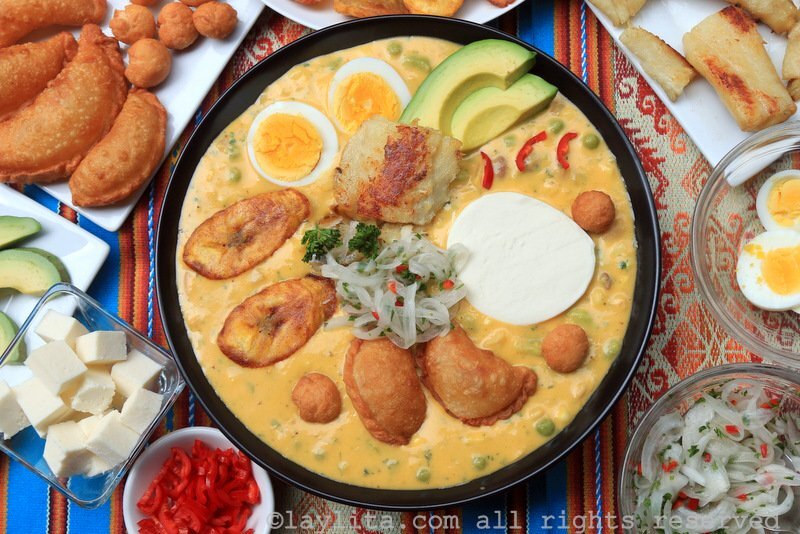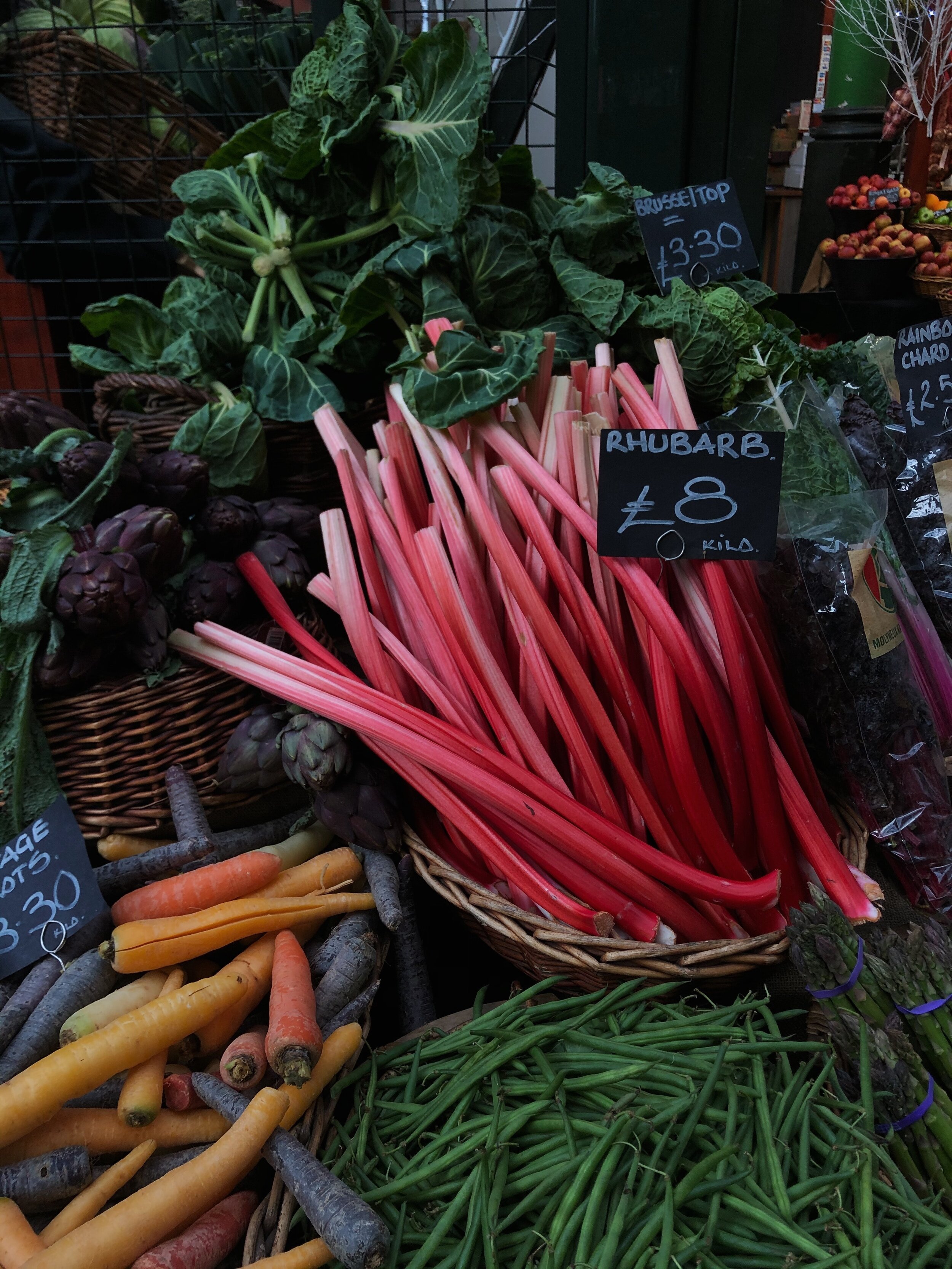As promised, this weekend we are checking out Easter feats from around the World! Even if Easter isn’t something you celebrate, join us anyway! After all, everyone loves food! We’ll be travelling all over the world for this post so grab you notebook and buckle in.
To make things easier on your poor pilot this weekend, we’re going alphabetically down our list.
Feel free to click any of the sections below to skip around.
Argentina
First up is a quick stop in Argentina.
In the traditionally Roman Catholic country, even the well known empanadas are given a makeover for Lent. Called empanadas de vigilia the usual fillings of chicken or meat are swapped out for tuna, white fish, or a mix of blue cheese and walnut. From Argentina with Love has shared a delicious recipe for these that we had to try out!
After the period of Lent has ended though , everyone wants to celebrate! This means gathering around with all of your family and friends invited for a barbecue, which the Argentinas call an asado. There’s lamb, chicken, beef, chorizo and all the malbec you could want. There’s also homemade chocolate eggs, although that tradition is sadly waning with time.
Bermuda
When you go to Bermuda for Easter, there are two big traditions, when it comes sto food at least. Cod fishcakes and hot cross buns. It’s customary to have the fishcakes before you go off to church on Easter Sunday. The former is thought to have arisen from an old superstition that your home would burn down if you didn’t eat one. (If you are from Bermuda, please let us know more about this one in the comments? We are curious!) The Bermudian has an amazing recipe for cod fishcakes, as well as other Good Friday traditions over on their blog.
Brazil
While this recipe initially came from Portugal, it has become an Easter tradition in Brazil. Called Bacalhau, or salt cod, it is to Brazilians and Good Friday what ham is to Americans on Easter Sunday. While the salted cod is eaten year round, at Easter it is paired with wine, which is special for a country that usually opts for beer. Check out this recipe over at Oliva’s Cuisine to try it for yourself.
Bulgaria
One of the most popular traditions of Easter week in Bulgaria is the making and eating of the braided loaf kozunak. This sweet loaf is made with the juice and zest of a lemon and rum soaked raisins. On Easter Sunday the kozunak takes center stage along with a feast of all the other foods prohibited during Lent. For an absolutely amazing recipe and step by step photos check out the link for Viktoria’s Table.
Colombia
Easter both is and isn’t a large holiday in Colombia. On one hand, the entire country shuts down for Maundy Thursday and Good Friday. On the other hand, events, feasts and the exchange of sweets aren’t much of a thing there. There is one traditional meal though and that is potaje de la vigilia . This recipe is closer to its roots in Castille, but the recipe is still similar. The Happy Foodie has a lovely recipe for it.
Czech Republic
While this baked lamb is the cutest recipe on here, the story behind it comes from ingenuity, making it even more special. Many times it wouldn’t be possible in the Czech Republic to get hold of lamb for the Easter meal, and so families would bake this sweet bread in its place.
Go see the recipe for it over at Gourmetpedia.
Denmark
If you get the chance to go to a Danish Easter feast, you’ll find roast meats and herring paired with sliced cheeses and meats. Most people pair schnaps and beer with the meal, although the breweries make a special Easter beer that is stronger than normal. You’ll also find these delicious tarteletters which are pastry shells filled with chicken and asparagus. We found the recipe for them over at Gourmand Trotter.
England
Next up, England! Here the traditional feast is similar to others we’ve encountered, centering around roasted lamb at the center. The dessert is what we’re here for though, which is the delicious simmel cake. It’s a fruit cake that is covered over with a layer of marzipan and 11 marzipan balls to represent the 11 faithful apostles of Jesus.
Our recipe for this one comes right from the BBC where you can learn even more of the history behind this tasty cake.
Ecuador
If we hop over to Ecuador, we’ll find another soup for our feast called Fanesca. Made from cod, beans and squash the soup originally came from Spain. The Ecuadorians have made it their own though by mixing in local ingredients like hot peppers and Andean grains not to be found in the original recipes.
You can find this delicious looking recipe over at Laylita.
France
Heading back to Europe we find France where instead of the Easter Bunny they have the blessed bells. Church bells ring every day of the year in France, except for the three days of Easter. During these three days, as legend holds, they are making a trip to Rome to be blessed. On Easter Sunday the bells make their return and tour the country leaving chocolate eggs and other treats in gardens all over. A traditional luncheon meal is Pate de Paques Berrichon, which while delicious is also equally simple to make. A dough wrapped around meat and eggs then baked, and you have a delicious lunch and handy lunch.
Finland
If you go up to Finland you can try out their bread pudding that’s only made for Easter, Mämmi. It’s a soft and chilled rye flour ‘cake’ that’s made with orange zest and dark molasses then served with milk or cream. Check out the Finnish Food Girl to learn how to make this delicious treat.
Germany
Although this is technically eaten on Gründonnerstag or ‘green Thursday’ before Easter Sunday, we found this recipe so interesting we had to share. Called Seven Herb Soup, this is just one of many entirely green dishes that Germans consume on this day. Go over to Curious Cuisiniere to learn how to make your own.
Greece
If you’re going to Greece, you have to start your Easter feast with Magiritsa, a special soup made from lamb, dill, lettuce and onion, served in an egg and lemon juice broth. My Greek Dish has an amazing recipe on their blog.
Italy
Heading over to Italy, if seeing all of the bread arches doesn’t make you hungry, the smell of this Torta Pasqualina will. Filled with eggs, herbs and cheese, this is a dish that is sure to fill you up. Check out how to make it over at Eataly. You can also try out the famous dove-shaped cake called colomba pasquale.
Mexico
If you make it to Mexico on Good Friday, be prepared to try out their capirotada. A sweet bread pudding that’s covered in a sugary syrup with fruits, berries, nuts and cheese, this isn’t something to be missed. Make sure that you have plenty of room for this delicious treat as you won’t want to eat anything else after you’ve had it. You can find a recipe for it over at Muy Bueno Cookbook.
Netherlands
In the cold and dark of the Netherlands, family and food are what bring people together and light to our hearts before spring (finally) comes. This means many enriched breads and pastries including paasstol. A tasty, fruity loaf that’s filled with an almond paste center it’s not to be missed. They also serve braided loaves, pumpernickel, egg cakes and jodenkoeken or buttery shortbread. Alongside these are pats of butter mouled into animal shapes, cheeses and smoked fish. Over at In My Red Kitchen you can find a fantastic recipe for paasstol.
Norway
Going to Norway now, a traditional Easter table is laid out with lamb, eggs, cakes, yeasted breads and more oranges than you know what to do with. The tradition of eating oranges, according to some, dates back to the when merchant ships would have brought the first of the harvest from Southern Europe during Easter. Over at Thanks For The Food, they have a traditional Easter orange cake that you can check out.
Poland
On to Poland, to try out their White Sausage or Biala Kielbasa. This traditional meal is surrounded on the table by rye soup, cakes with poppy seeds or cottage cheese and a very special centerpiece. A loaf of butter that has been shaped into a lamb with peppercorns for the eyes and a red bow around its neck. If you want to try out making your own Biala Kielbasa, head over to Polish Your Kitchen for their recipe.
South Africa
Going down to South Africa, we find a very interesting take on ‘no meat for Lent.’ Here they enjoy pickled fish. Their version here is lightly curried served with onions and fresh bread.
While pickled fish is enjoyed the world over, the South African method is unique to them. It starts with frying portions of fish that have been seasoned with salt and pepper. Separately they’ll cook a mix of onions, and spices before adding vinegar and sugar. This mixture is then poured over the cooked fish where it is allowed to refrigerate for at least 24 hours.
After this time has passed the fish has achieved a delicious, sweet and tangy flavor. My Anos Kitchen has a recipe so that you can try this amazing dish for yourself.
Spain
Our second to last stop is Spain, to test out their Spanish Toast or torrijas. Similar to French toast, it’s made from thick slices of bread that are soaked in milk and a beaten egg, then fried in olive oil. It’s served cool and paired with honey, powdered sugar or coated in milk chocolate. Spanish Abores shared a recipe that she had found after her time teaching in Spain and mentions adding cardamom to the mix. Our own encounters with cardamom lead us to agree, this spice would really make your Easter dish sing.
Sweden
The final stop on our journey, Sweden! While many people talk about pickled herring or salmon at Easter, there is another very popular dish that we found on the country’s own website. Called Janssons Frestelse or Jansson’s Temptation, this is a creamy casserole made with potatoes, onions and anchovies. It’s usually washed down with a glass or two of aquavit.
Thank you very much for checking out this journey with us! We hope that you learned something new or found a recipe to try.
If you did, let us know over on our Facebook page? And if we missed anything, tell us that too!
Or, if one of your appliances is acting strange, or outright broken, please give us a call. We want to help you and yours. Reach out to us by phone ((NUMBER HERE)), or you can schedule an appointment over here. ((INSERT LINK))
Thank you again for joining us and we hope to see you in two weeks time, when we’ll be checking out a recipe for Soaked or Sprouted Chickpea Falafel. We look forward to seeing you then!
All credit for photos belongs to the amazing bloggers who created our recipes this week.

